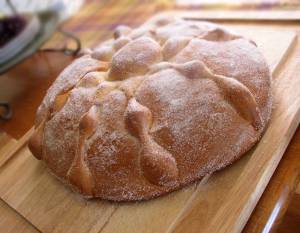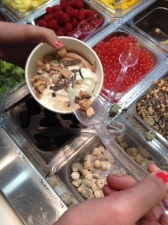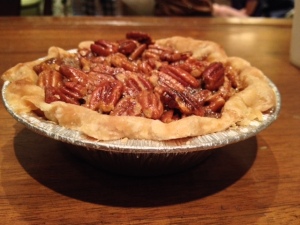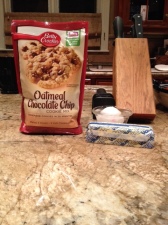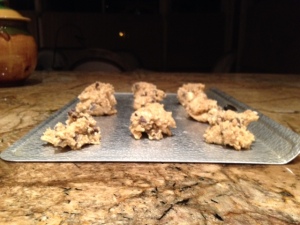The phone trilled, cutting through my fifth episode of “Duck Dynasty” like a screeching fishwife.
On the third ring I grudgingly picked it up.
“Hello? It’s Mrs. Alma. I’ve got some satsumas for y’all. I’m coming over.” Click.
Five minutes later, my petite, sweater-clad neighbor rang the doorbell. She held a hefty Wal-Mart bag of the sweet orange citruses.
“I can’t stay,” she said as she pressed the bag into my hands. “We had so many and I just thought you’d want some.”
With surprising speed, the octogenarian darted back to her home down the cul-de-sac.
From the much-anticipated fig preserves Mrs. Debbie provides every summer to the wine and beer that accompany the Fontenot’s Friday evening porch gatherings, food and drink flow freely in my 16-house neighborhood.
Sharing food isn’t out of the ordinary.
When plaque paused Mrs. Helen’s heart, her neighbors quickly picked up the beat. Her home flooded with casseroles and cakes. Her husband didn’t go hungry.
There’s something special about giving food to one another. It ties us together, representing thanks, concern or well wishes. It shows how much we care.
In Louisiana, the kitchen is the heart of life; sharing food is equivalent of sharing love.





